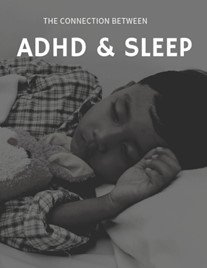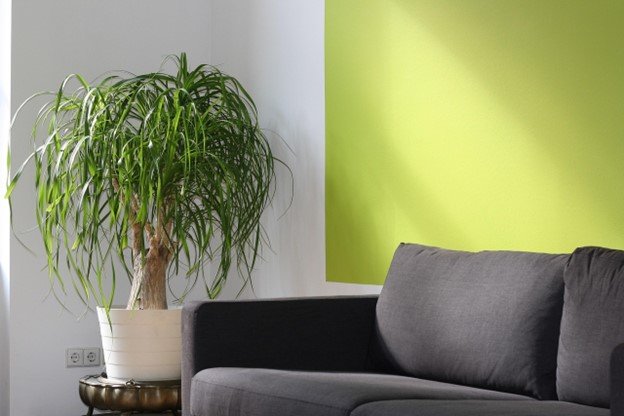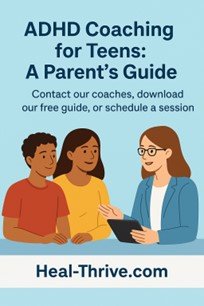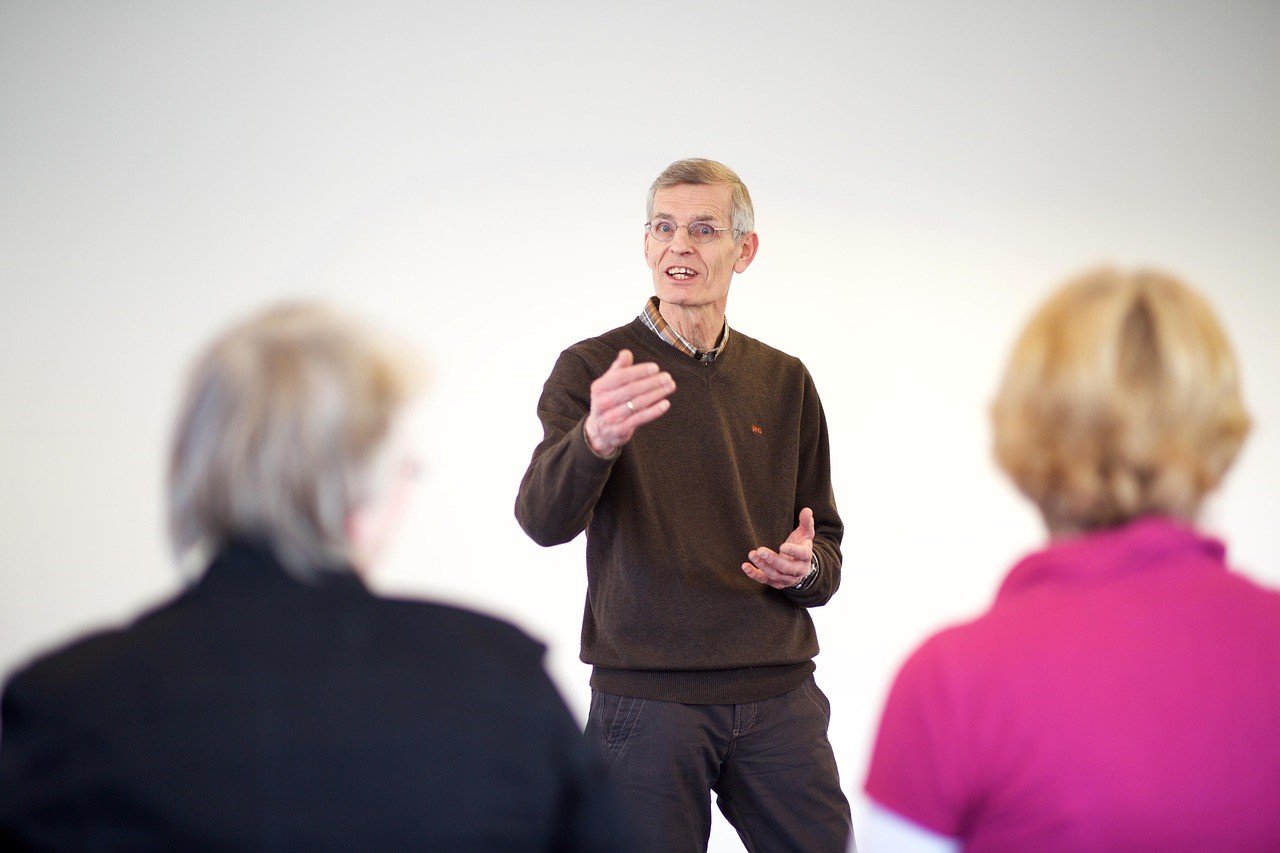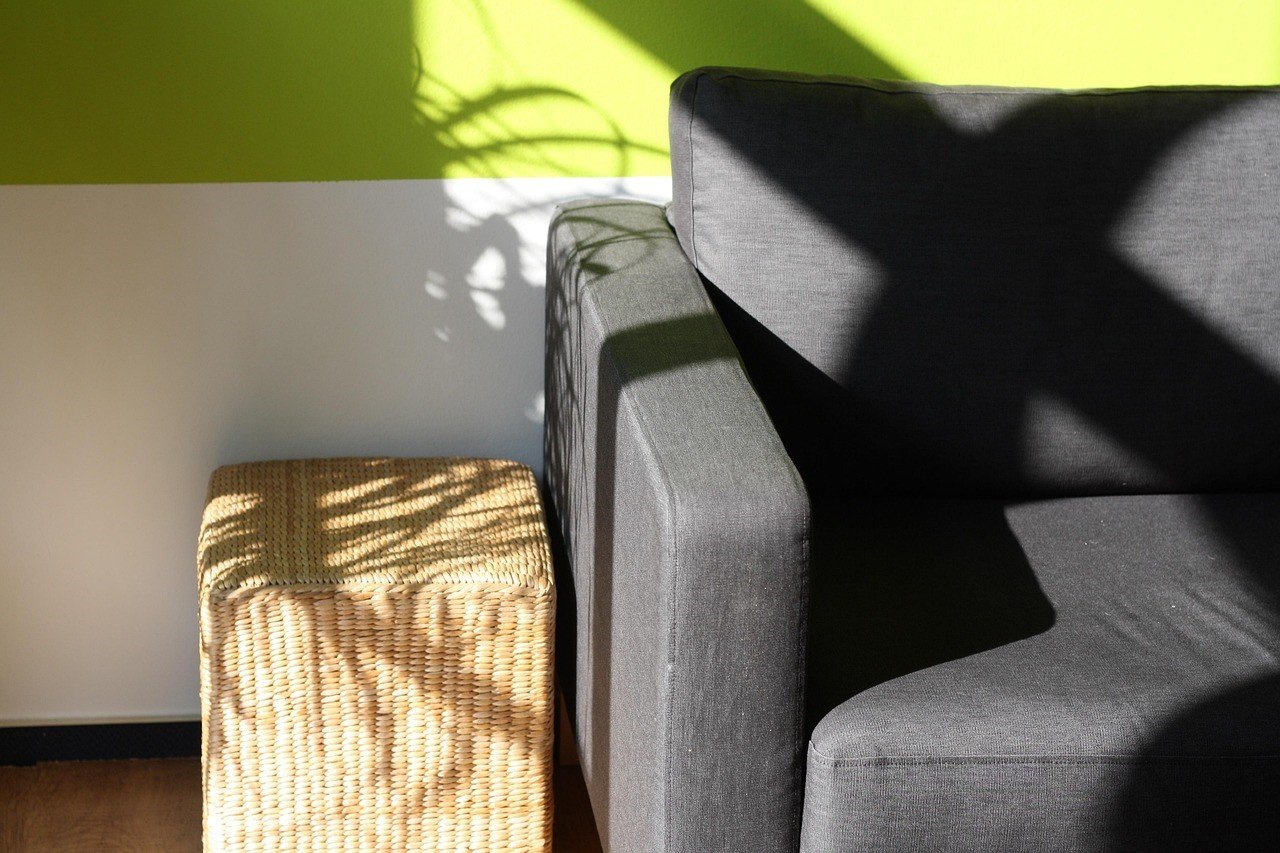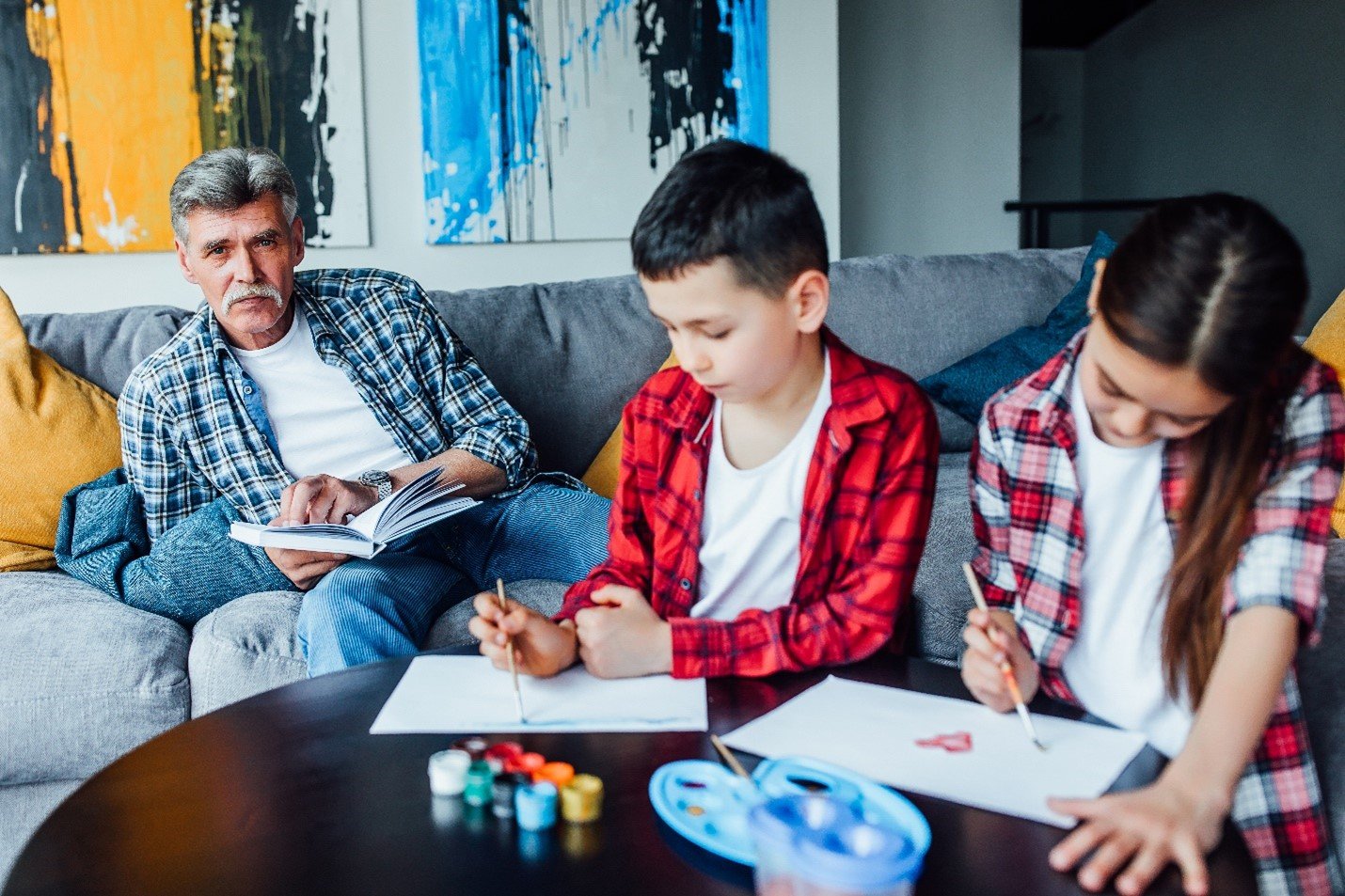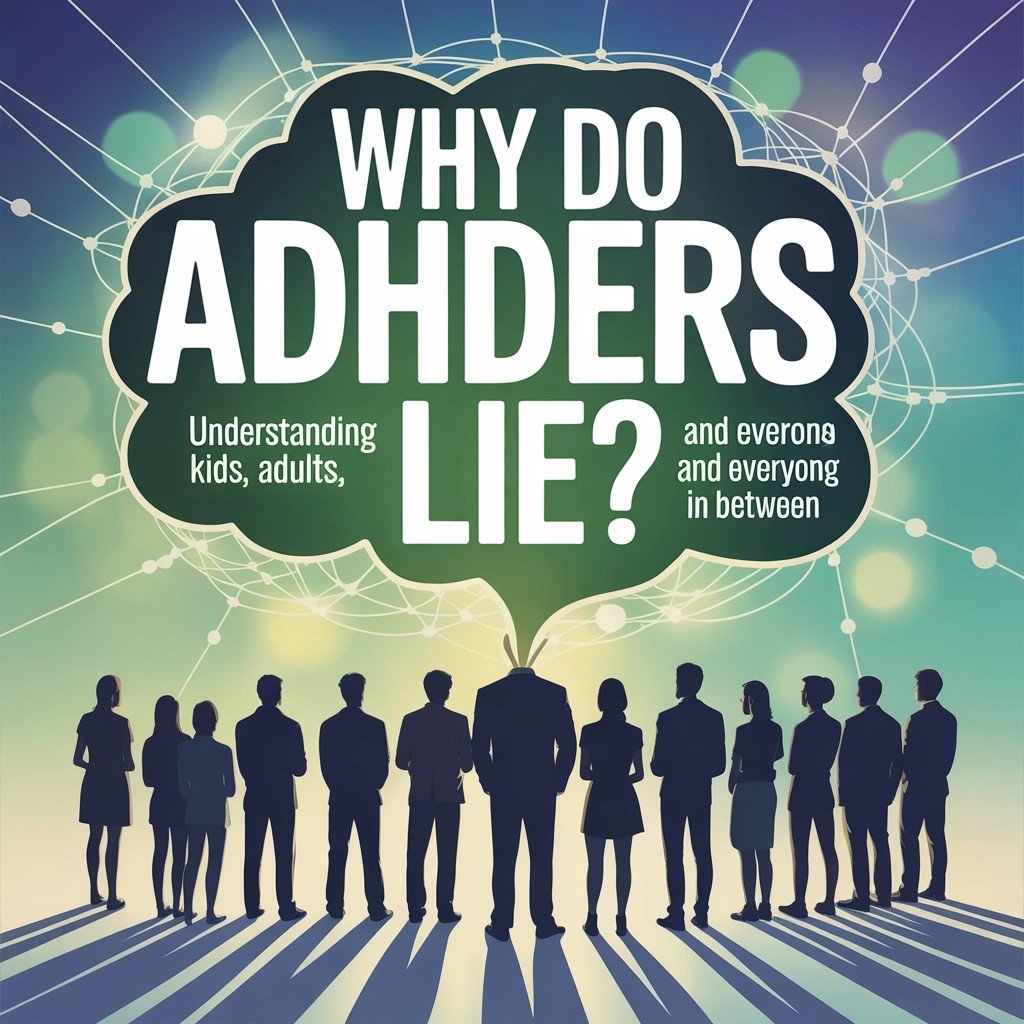Strategies to improve focus and organization ADHD at work
ADHD at work isn’t just a label , it shows up as missed emails, a desk that’s vaguely catastrophic, and the odd super-focused sprint that ends in burnout. I see it every week in my coaching practice (and yes, I’ve been there too). Wait , no, actually, scratch that: I wasn’t officially diagnosed until my thirties, but I’d been learning how to survive workplaces that weren’t built for brains like mine for a long time. That’s why I talk openly about ADHD in the workplace , because the small daily fixes add up to big wins.
Imagine this: a mid-level manager in a busy California office (let’s call her “Sara”) who can deliver brilliant ideas in meetings but forgets to send the follow-up email, misses calendar invites, and then feels awful about it. She’s sharp, motivated, and, here’s the kicker, scattered by the very systems meant to support her. That combination is painfully common when we talk about managing ADHD at work.

Over the next sections I’ll walk you through practical ADHD focus strategies and ADHD organization tips that actually fit into a real workday (not some idealized productivity fantasy). I’ll draw on research-backed methods and real client stories (anonymized), plus quick tools you can try this afternoon. If you’re reading from California, especially near the Bay Area, you’ll see examples tailored to the way offices and tech teams there function. If you’re elsewhere, don’t worry: the approaches scale.
Why ADHD at Work Feels Harder Than It “Should”
When people talk about ADHD in the workplace, they often reduce it to “getting distracted easily.” But the truth is far more layered , and honestly, far more invisible. Most of my clients come to me not because they’re unproductive, but because their productivity is inconsistent, unpredictable, and exhausting to maintain.
Let me break down the core challenges we need to address before we get into solutions. (And yes, these are all patterns I see repeatedly , from tech teams in California to remote workers across the U.S.)
- Working Memory Deficits: The “I Know I Knew This” Problem
Working memory is like the brain’s whiteboard. With ADHD, that whiteboard erases itself at the worst possible moment.

Clients describe it like this:
- “I walk across the office and forget why I stood up.”
- “I read the task twice and still lose the thread.”
- “I start writing an email and then… what was the question again?”
This isn’t forgetfulness , it’s a neurological bottleneck that disrupts planning, prioritizing, and execution.
- Chronic Distractibility & Inattention: Constant Mental Tab-Switching
It’s not just getting distracted by noise or coworkers. It’s distractions inside your brain:
- random ideas,
- side-thoughts,
- the urge to check something “quickly,”
- the mental pull toward more interesting tasks.
ADHD at work often looks like someone who’s “busy all day but got nothing done.”
(If I had a dollar for every client who said that…)
- Time Blindness & Procrastination: The “Later… Later… Panic” Cycle
Time blindness is real and well-documented in ADHD research.
It’s not laziness , it’s a distorted internal sense of time.
Patterns include:
- tasks always taking longer or shorter than expected
- planning only in “now” and “not now”
- pushing tasks until urgency forces action
- missing micro-deadlines (e.g., replying “at the end of the day”)
Many clients describe themselves as “deadline-driven.” In reality, they’re adrenaline-driven.
- Emotional Dysregulation & Overwhelm: The Shutdown Spiral
People with ADHD often feel emotions more intensely and more suddenly.
Common workplace impacts:
- frustration turning into overwhelm
- sensitivity to criticism
- difficulty resetting after a negative moment
- rumination after small mistakes
I’ve coached clients who said a single stressful email ruined their entire morning , and they weren’t exaggerating.
- Impulsivity in Communication & Decisions
Examples I see often:
- speaking too quickly in meetings
- oversharing
- interrupting without intending to
- sending messages too fast
- making quick decisions just to relieve internal tension
This isn’t about “ personality flaws.”
It’s about impulse regulation , a core ADHD challenge.
- Inconsistent Strategy Execution , The “Start-Stop Problem”
A client once told me:
“I can build the perfect system… I just can’t stick to it for more than three days.”
Sound familiar?
ADHD brains crave novelty. The moment a system becomes boring, resistance grows. This is why:
- planners get abandoned,
- apps get replaced,
- habits fade,
- routines reset weekly.
- Lack of Workplace Accommodations & Stigma
Even in California , one of the most neurodiversity-forward states , employees often fear:
- being judged
- being misunderstood
- being labeled as “unreliable”
- asking for support
This leads to silent struggling instead of supported performance.
Many don’t realize ADHD workplace accommodations are legally protected under the ADA.
- Hyperfocus Traps: Productive… Until It Isn’t
Hyperfocus can make someone look like a superstar in one area…
and completely behind in another.
It often leads to:
- skipped breaks
- lost track of time
- forgetting other responsibilities
- burnout cycles
Hyperfocus isn’t a gift or a flaw , it’s a tool you must manage.
- Executive Function Fatigue: When the Brain Physically Taps Out
Even when someone is managing ADHD well, the effort required to maintain focus, organization, emotional control, and task initiation is draining.
This can feel like:
- being “mentally done” by noon
- needing recovery time after meetings
- shutdowns at the end of the day
This fatigue is not weakness , it’s cognitive overload.
- Comorbid Challenges: Anxiety, Depression, Sleep Issues
These amplify ADHD symptoms dramatically.
And in workplaces with high expectations (hello, California tech culture), the pressure compounds everything.
I’ve coached clients who didn’t realize their:
- sleep debt
- anxiety cycles
- untreated depression
- or even nutrient deficiencies
were amplifying their ADHD symptoms.
What ADHD Actually Looks Like in the Workplace
(Anonymous, real patterns, drawn from coaching cases)
Client stories make the challenges of ADHD at work feel real , and they help demonstrate exactly how focus, organization, and time-management strategies create change. These aren’t dramatized. These are the kinds of stories I see every week in coaching sessions across the U.S., especially in California’s high-pressure, fast-moving workplaces.
Client Story #1: “Sara” , The High-Performer With a Chaotic Workflow
Role: Project manager at a mid-sized tech company in Silicon Valley

Primary struggles: Working memory lapses, constant distractibility, time blindness
Sara was brilliant at leading meetings , ideas flowed, collaboration thrived , but every afternoon she felt like the wheels fell off. She started tasks and forgot them, lost track of deadlines unless someone reminded her, and felt ashamed of missing simple follow-ups.
I remember one of her early sessions when she said, almost whispering:
“I don’t understand how I can be smart but still forget the most basic things.”
Once we broke it down, it made perfect sense: ADHD impacts working memory far more than intelligence. So we created micro-systems:
- Two-minute closing checklist before leaving work
- Visual dashboard for tasks (sticky notes at first, then Trello)
- “Anchor alarms” to mark transitions
- A weekly “Reset Hour” every Friday
Within four weeks, she reported:
- 40% fewer forgotten tasks
- predictable end-of-day routines
- less shame, more confidence
Her manager even asked what “new productivity training” she was doing.
Client Story #2: “David” , The Creative Who Couldn’t Finish Anything
Role: Marketing specialist at a Los Angeles startup
Primary struggles: Hyperfocus traps, emotional dysregulation, task initiation problems
David produced incredible design ideas , top-tier work. But he would drop everything to chase a new idea, then panic about missed deadlines. Emotionally, tiny setbacks would derail his whole day.
One day he came to a session visibly shaken:
“I spent six hours tweaking a graphic that wasn’t even due. And then I had a meltdown about an email from my supervisor.”
To stabilize his workflow, we used:
- The 30-10 Focus Cycle (30 minutes work, 10 minutes reset)
- A “parking lot” list for creative ideas , so he could save inspiration without derailing tasks
- Emotional grounding plan (three-step breathing + one-minute cognitive reframing)
- Progress-tracking board so he could see what was finished, not just what was pending
Within two months:
- hyperfocus episodes became controlled tools, not traps
- emotional spirals reduced significantly
- work quality stayed high while consistency improved
His supervisor later said he had become “one of the most reliable creatives on the team.”
Client Story #3: “Nadia” , The Professional Who Looked Organized… Until You Checked Her Inbox
Role: Healthcare administrator in San Diego
Primary struggles: Inconsistent strategy execution, disorganization, overwhelmed by system changes
Nadia wasn’t “messy.” She was simply drowning. Her inbox had 22,000 unread messages (yes, really), and she kept switching between apps , Notion one week, Google Tasks the next, Planner after that.
She told me:
“I make a system, then abandon it. I don’t know how to stick to anything.”
So instead of forcing her to “choose one app,” we focused on ADHD-specific systems:
- One primary task home (Google Tasks)
- One daily view only — nothing else
- Automation for inbox sorting
- A “no system switching” rule for 30 days
The breakthrough came when she said:
“Oh… it’s not that I’m bad at systems. I was using the wrong kind.”
After 6 weeks:
- her inbox dropped from 22,000 to 1,400
- daily overwhelm decreased
- she stuck with one system for the first time in her life
Client Story #4: “Leo” , The Engineer Battling Executive Function Fatigue
Role: Software engineer in Sacramento
Primary struggles: Afternoon crashes, impulsivity in communication, fatigue after meetings
Leo’s brain worked like a supercomputer in the morning , then crashed after lunch. He would become impulsive in team chats, sending fast responses or incomplete messages.
His biggest moment of clarity came during a session when he said:
“I’m not lazy in the afternoon. I’m drained.”
We rebuilt his workflow based on executive-function research:
- Front-loading demanding tasks in the first three hours
- Low-exertion admin tasks in late afternoon
- Boundary script for slowing communication (“Let me think about this and circle back”)
- Meeting breaks every 90 minutes
His performance became stable, predictable, and far less draining.
Client Story #5: “Amina” — The Professional Hiding ADHD Because of Stigma
Role: Accountant in Orange County
Primary struggles: Fear of disclosure, lack of accommodations, anxiety, sleep issues
Amina was terrified to mention ADHD at work. She kept overcompensating: working late, triple-checking everything, carrying invisible emotional weight.
Once she learned about legal workplace accommodations, everything changed:
- flexible deadlines for complex tasks
- noise-canceling headphone approval
- written instructions for deliverables
- reduced meeting frequency
Her performance improved not because she “tried harder,” but because she finally had support.
She later said:
“I didn’t need special treatment. I needed a fair chance.”
These stories are the foundation for the strategies and systems we’ll cover in the next sections , all designed specifically for ADHD focus, organization, planning, emotional regulation, and time management at work.
Step-by-Step Strategies to Improve Focus & Organization at Work
This is the heart of the article , the actionable toolkit. Everything here is built on the challenges outlined earlier and directly grounded in the research sources you provided (Langberg, Sarkis, Kofler, Lauder, Tate 2025), plus hundreds of real coaching sessions with adults navigating ADHD at work across California.

I’ll walk you through each strategy the same way I would with a client:
- simple language
- small steps
- real-world examples
- and a “here’s what to do when this fails” note (because ADHD is rarely linear)
Let’s start with the two pillars of this article: focus and organization.
I. FOCUS STRATEGIES FOR ADHD AT WORK
(Improving Concentration, Reducing Distractions, and Building Consistency)
- The 30–10 Focus Cycle (Structured, ADHD-Friendly Focus)
This is my go-to system because it respects ADHD’s need for rhythm.
How it works:
- Work for 30 minutes
- Break for 10 minutes
- Repeat three times
- After the third cycle : take a 20–30 min reset
Why it works:
Research shows ADHD brains fatigue quickly during sustained mental effort, but short intervals prevent the “shutdown phase.”
(Kofler et al., 2018)
Client example:
David (from earlier) used this to convert hyperfocus into controlled bursts instead of losing entire afternoons.
When it fails:
If 30 minutes is too long, start with 15–5.
- Visual Timers (Fixing Time Blindness)
Time-blindness is one of the strongest predictors of work problems in ADHD.
(Tate, 2025)
A visual timer , not a digital countdown , anchors your brain in the present moment.
Use this for:
- replying to emails
- administrative tasks
- “boring but necessary” work
- transitions
Tip: Put the timer in your peripheral vision, not directly in front of you , less pressure, more awareness.
- Noise & Sensory Management (Your Environment Matters More Than You Think)
The brain with ADHD reacts strongly to sensory interruptions.
Options that work well in California open-office layouts:
- noise-canceling headphones
- white-noise playlists
- “focus music” without lyrics
- repositioning your desk to reduce visual traffic
- asking for desk partitions (legal accommodation!)
Micro-adjustment:
Even lowering light brightness by 10–20% can reduce cognitive strain.
- The “Task-Parking” Technique for Runaway Thoughts
One of the biggest derailers for ADHD:
“I remembered something important , I’ll just check it quickly.”
Boom. Focus gone.
The fix:
Create a Task Parking Lot , a spot where every random thought, idea, or reminder goes without you stopping your current task.
This can be:
- a physical sticky note
- a “Notes” widget
- a whiteboard
- a single page in a notebook
You “park it” now : decide later.
- The 3-Level Priority Map (Instead of To-Do Lists That Don’t Work)
ADHD brains rarely respond well to traditional to-do lists.
Use this instead:
Level 1 — MUST do today
(max: 3 tasks)
Level 2 — SHOULD do soon
(3–6 tasks)
Level 3 — COULD do later
(unlimited, low-pressure)
You’re not “choosing one.”
You’re reducing friction by grouping tasks the way the ADHD brain naturally processes them.
- Focus Anchors (Stopping the “Slipping Away” Problem)
Focus anchors are micro-habits that keep your brain tied to the task.
Examples:
- keeping the active document full-screen
- placing the task name at the top of your screen: “WRITE REPORT (15 min)”
- reading instructions out loud
- highlighting the next step before standing up
These tiny cues reduce working-memory strain by keeping the task context visible.
II. ORGANIZATION STRATEGIES FOR ADHD AT WORK
(Systems that are simple, sustainable, and ADHD-friendly)
- The “One-Home System” (The End of App-Hopping)
One of the strongest findings from ADHD research (Kofler, Lauder, Langberg) is that multiple tools overwhelm working memory.
So we build:
ONE home for tasks
ONE home for notes
ONE home for schedule
Examples:
- Google Tasks + Google Calendar
- Outlook Tasks + Calendar
- ClickUp (all-in-one)
- Trello for tasks + Apple Calendar
The tool doesn’t matter.
Consistency does.
What usually happens:
Clients say: “But I like switching apps.”
That’s the ADHD novelty reward talking. Stick to one home for 30 days.
- The “Two-Minute Closing Routine” (Smallest Big Change)
Every workday ends with exactly this:
- Capture tasks : put in task home
- Clean 30 seconds of your workspace
- Review tomorrow’s 3 priorities
- Close all tabs
- Log out
Total time: 2 minutes
Impact: massive
This reduces:
- morning overwhelm
- task carryover
- anxiety
- forgotten follow-ups
Sara (our client) described it as:
“The first system that made me feel like a grown adult at work.”
- Using Templates (Reduce Cognitive Load by 40–50%)
Templates save ADHD brains from reinventing the wheel.
You can create templates for:
- emails
- weekly reports
- meeting notes
- project outlines
- follow-ups
- checklists
The less you think, the more you get done.
- The “Five-Minute Desk Reset”
ADHD organization does not require perfection.
Just five minutes at:
- 9 AM
- after lunch
- before leaving
Reset your workspace to “neutral.”
That’s all.
This lowers sensory overload and executive-function fatigue.
- The Digital Declutter Rule: 3 a Day
Instead of “organizing everything,” do this:
- delete 3 emails
- archive 3 files
- close 3 useless tabs
Daily micro-cleaning eliminates the overwhelming “big cleanup.”
- The “Next Step Highlight” (Fixing Working-Memory Bottlenecks)
Before stopping a task, highlight or write the exact next step.
Examples:
- “Continue from paragraph 4.”
- “Add charts to slide 3.”
- “Follow up with HR at 2 PM.”
This prevents the classic ADHD problem:
“Where was I again?”
III. TIME MANAGEMENT FOR ADHD AT WORK
(Beating time blindness, procrastination, and the “later : panic” loop)
- Time Blocking: ADHD Version (Flexible, Not Rigid)
Traditional time-blocking fails because it’s too rigid.
Instead, we use range-based blocks:
- 9–11 AM : Deep Work
- 11–12 : Emails + Admin
- 1–3 PM : Meetings / Collaboration
- 3–4 : Project Progress Block
Your brain gets structure without pressure.
- The “Start in 60 Seconds” Rule
ADHD procrastination is rarely about unwillingness.
It’s the difficulty of starting.
This rule forces momentum:
- Set a 60-second timer
- Start the smallest part of the task
- Stop once the timer ends
80% of the time, you keep going.
- Micro-Planning (Daily, Weekly, Monthly)
Daily: choose 3 “Today’s Musts.”
Weekly (Friday or Monday): review tasks + adjust priorities.
Monthly: reset long-term projects.
Small planning beats big planning for ADHD.
- Breaking Tasks into “10% Chunks”
Instead of:
Do:
- “Write the intro”
- “Add the data chart”
- “Proofread the first paragraph”
ADHD brains thrive on completions , not vague tasks.
- External Deadlines + Accountability
These are ADHD superpowers when used correctly.
Examples:
- coworker check-ins
- weekly coaching sessions
- shared dashboards
- scheduled reminders
- “send draft by 2 PM” commitments
The goal is not pressure , it’s structure.
IV. EMOTIONAL REGULATION TOOLS
(Because productivity collapses when emotions spiral)
- The 3-Step Reset for Overwhelm
- Pause , plant both feet on the floor
- Breathe , 4 seconds in, hold 2, exhale 6
- Refocus , “What’s the next 5-minute step?”
Works during workplace tension, long meetings, or stressful emails.
- The “Buffer Pause” for Impulsive Communication
Before sending:
Or use this script:
“Let me take a moment to process this and get back to you.”
This saved Leo from sending dozens of rushed Slack messages.
- The “Emotional Bookmark” Method
If emotions rise and work stops:
- write one sentence about what you were doing
- leave
- return after a reset period
It prevents losing the task thread.
V. WORKPLACE ACCOMMODATIONS FOR ADHD
(Legally protected, effective, and normal)
Employees in the U.S., including California, can request accommodations under the ADA.
Common, easy accommodations:
- written instructions instead of verbal only
- flexible deadlines
- reduction of non-essential meetings
- quiet workspace or headphones
- additional time for complex tasks
- permission to use timers or fidgets
Amina’s success story is proof:
Accommodations improve performance , not because ADHD workers “need special treatment,” but because they deserve equitable conditions.
What to Do When Strategies Stop Working
Even the best ADHD strategies don’t always work perfectly the first time. That’s normal. In fact, adapting, troubleshooting, and customizing is part of the process. Here’s what to expect and how to fix common problems.
- Losing Momentum After Initial Success
Problem: You follow a new system or technique for a few days, then suddenly stop. Motivation drops.
Fix:
- Break tasks into even smaller steps.
- Use external accountability (coworker check-ins, coach sessions).
- Accept imperfection , focus on progress, not perfect execution.
- Hyperfocus Becoming a Trap
Problem: You become engrossed in one thing and then forget about everything else.
Fix:
- Use timers or calendar alerts.
- Keep a “ parking lot ” for ideas that arise mid-task.
- Build structured breaks to reset attention.
- Emotional Overload
Problem: When stress, frustration, or feeling overwhelmed sidetracks your day.
Repairs:
- Micro-reset techniques: deep breathing, short walks, and body awareness.
- Name your emotion, i.e. (“I am frustrated because X”).
- Focus on a single small actionable step after a reset.
- Systems Becoming Boring or Ignored
Problem: The task system you set up becomes stale; you stop using it.
Fix:
- Rotate small elements (colors, apps, widgets) while keeping the core system.
- Celebrate small wins.
- Reassess the system every 2–4 weeks for relevance.
- Time Management Slips
Problem: Deadlines are missed and procrastination creeps back.
Solution:
- Revisit time-blocking, shorten blocks if necessary.
- Add external reminders.
- Apply the “start in 60 seconds” rule.
- Sensory or Environmental Issues
Problem: Noise, clutter, or interruptions erode focus.
Correcting:
- Adjust workspace setup (headphones, partitions, lighting).
- Communicate clear boundaries with colleagues.
- Request legal accommodations if needed.
Troubleshoot ADHD strategies: Everyone’s brain is different. Tweak, observe, and adapt. It’s not about perfection; it’s creating repeatable habits that are sustainable for enhanced focusing, organization, and productivity.
How to Measure ADHD Improvement at Work
Measuring progress with ADHD at work isn’t about perfection; it’s about sustainable improvements in focus, organization, and productivity. Here are some ways to track meaningful results for clients and coaches alike.
- Task Completion Rate
What to track:
- Number of tasks completed vs. planned per day/week
- Focus on quality AND completion
Why it matters:
ADHD brains start a lot of tasks and sometimes fail to complete them. Completion tracking shows whether strategies such as Task Chunking and 3 MITs are working.
- C Consistency of Use of Systems
What to track:
- Daily usage of task management tool
- Micro-system adherence, such as Two-Minute Closing Routine
Why it matters:
A system is only useful if used consistently. Even partial adherence can indicate progress toward habit formation.
- Reduction in Forgotten Deadlines
What to track:
- Missed deadlines over time
- Delayed tasks that require reminders
Why it matters:
Improvement here signals better working memory support, time awareness, and effective use of visual cues and timers.
- Emotional Regulation Indicators
What to track:
- How often and to what degree one feels frustration or overwhelm at work
- Incidents of impulsive communication
Why it matters:
ADHD isn’t just about attention; regulation of emotions makes a big difference in performance. Micro-reset techniques and grounding exercises should reduce spikes.
- Subjective Productivity & Confidence
What to track:
- Self-rated daily productivity (1–10 scale)
- Confidence in managing tasks independently
- Stress levels
Why it matters:
Improvement in ADHD is holistic. Feeling capable and less anxious at work shows real-world impacts that extend beyond numbers.
- Workplace Feedback
What to track:
- Supervisor or peer observations about reliability and organization
- Accommodations used successfully
Why it matters:
External feedback will affirm progress and perhaps identify further adjustments.
- Long-Term Trend Tracking
- Weekly or monthly review of all metrics
- Focus on progress over time, not day-to-day perfection
- Adjust strategies based on what’s improving and what’s plateauing
Success with ADHD at work is incremental, measurable, and flexible. By tracking task completion, system use, emotional regulation, and workplace feedback, one is able to recognize tangible improvements and celebrate meaningful wins, even if perfection is never the goal.

ADHD at work doesn’t have to mean frustration, missed deadlines, or burnout. The strategies above-from focus cycles and task chunking to workplace accommodations-can transform how you perform your job, manage your time, and stay organized. But knowing what to do is just the first step. Success comes through personalized support, consistent application, and accountability.
Here’s How You Can Take Action Today
- Book a Coaching Session
Work with an ADHD coach one on one to identify your unique challenges and to build strategies that fit your work style and brain. We’ll help you create systems you will actually use, not just read about.
- Download Our ADHD at Work Guide
Below, find a step-by-step PDF guide that covers focus strategies, organization systems, time management tips, and real client examples specifically for adults with ADHD in the workplace.
- Contact Our Experts
Have questions about workplace accommodations, productivity tools, or executive function coaching? Contact our team at Heal-Thrive.com. We provide practical, actionable advice backed by research.
Why Take Action Now?
- Stop feeling overwhelmed and scattered at work
- Clearly define priorities and minimize missed deadlines
- Learn how to use ADHD traits, such as hyperfocus, as strengths
- Build sustainable habits that last, not quick hacks
Remember, progress, not perfection, is key. Even one tiny change today can ripple into weeks of improved focus, reduced stress, and a better-organized work life.
ADHD in the workplace is a challenge, yet it’s also an opportunity. By applying the strategies, using the systems, and seeking support when needed, you will not only thrive professionally but feel confident and in control over your workday. Take the first step today-book a session, download our guide, or reach out to our experts directly.
















